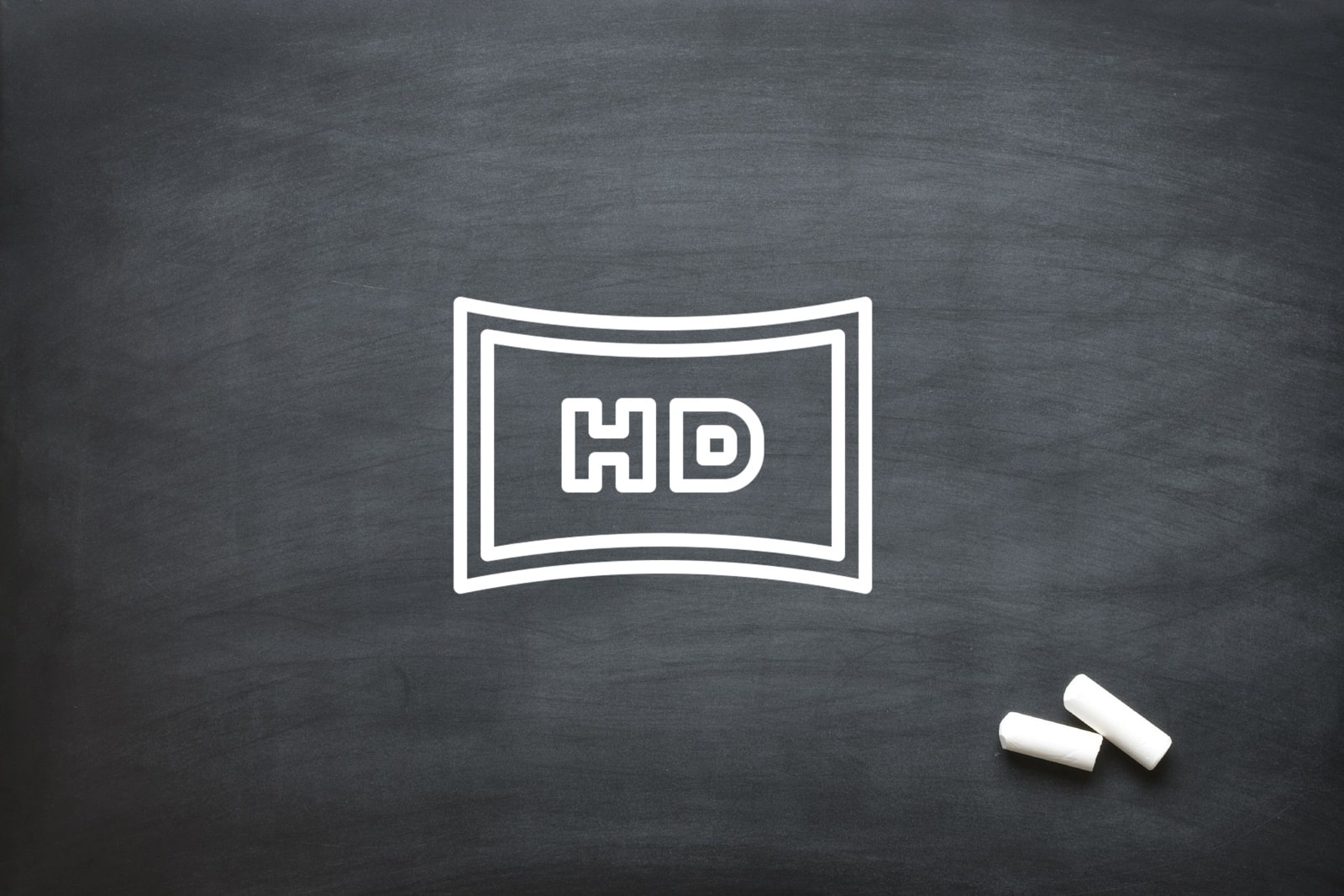
Previsualisation in Creative Video Productions
In the rapidly evolving world of creative video productions, efficiency and clarity are more essential than ever. As productions grow more complex and timelines tighten, planning becomes the critical foundation for success. Previsualisation, commonly referred to as previs, has become an indispensable tool for streamlining this planning process and ensuring creative visions are realised with precision. Whether applied to feature films, commercials, or music videos, previs is now a key component in delivering high-quality content while keeping production within scope, budget, and timeline.
What Is Previs?
Previsualisation is a digital technique used to visualise sequences, camera moves, and scene composition before filming begins. It functions as a bridge between concept and execution, giving directors and production teams a visual blueprint of what will be captured on camera. Unlike traditional planning methods, previs allows for real-time experimentation and refinement. It gives stakeholders an opportunity to explore different visual approaches, test scene pacing, and flag logistical issues long before arriving on set. For creative video productions, this front-loaded clarity can be the difference between a smooth shoot and a logistical nightmare.
Previs is no longer limited to large-scale blockbusters. Its adoption across the board, including fast-paced industries like advertising and music content, reflects its growing importance in the broader ecosystem of creative video productions.
Types of Previs: 2D vs 3D
Previs can take many forms, most commonly 2D or 3D. Traditional 2D storyboards, though still used, are limited in scope. They offer a basic sketch of each shot but lack spatial dynamics and timing. By contrast, 3D previs uses animation to replicate camera movement, scene geometry, and even preliminary lighting. This format allows for dynamic scenes, enabling the director and cinematographer to visualise action sequences or complex blocking with realistic timing.
For creative video productions, especially those involving visual effects, movement choreography, or complex set interactions, 3D previs provides an invaluable sandbox for exploration. It enables teams to visualise and revise content without incurring the costs of physical production.
Previs vs Storyboarding vs Techvis
While previs shares some similarities with storyboarding and technical visualisation (techvis), each serves a distinct purpose. Storyboarding is an illustrative sequence of frames used to map out narrative flow. It is often the first visual interpretation of the script but lacks the depth and dynamism of previs.
Techvis, on the other hand, focuses on the practical aspects of filming—such as camera positioning, crane movements, and physical set limitations. It is the logistical companion to previs, translating artistic ideas into actionable camera and lighting setups.
Previs sits between these two. It balances creative intent with spatial awareness, making it particularly valuable for creative video productions where visual storytelling and technical coordination must work hand-in-hand.
Benefits for Directors and DPs
Directors benefit from previs as it provides a platform to test creative ideas without consequence. They can experiment with camera angles, transitions, and blocking in a fully manipulable environment. This encourages creative risk-taking while maintaining control over the outcome.
For Directors of Photography (DPs), previs offers insight into lighting, lens selection, and shot composition. Being able to pre-plan these elements means fewer surprises on set and smoother collaboration with the lighting and camera departments. In creative video productions, where time is often a limiting factor, previs allows the DP to deliver cinematic quality under tight constraints.
Budget and Time Efficiency
Previs significantly reduces on-set inefficiencies. By resolving scene logistics and creative choices beforehand, production teams minimise costly reshoots and avoid delays. It provides clarity for every department, from art direction to stunt coordination, aligning everyone with the same visual goal.
In creative video productions, where budget margins can be thin and turnaround times are short, this efficiency becomes a critical asset. Previs enables producers to plan shoots with confidence, forecast costs more accurately, and reduce risk. Productions that utilise previs often report fewer VFX revisions and shorter post-production timelines, both of which translate into substantial cost savings.
Previs for Commercials and Music Videos
Previs is increasingly used in high-turnaround formats like commercials and music videos. These projects typically demand quick approvals, ambitious visuals, and tight shooting schedules. Previs helps directors pitch their vision more effectively to clients, offering animated mockups of what the final product will look like.
For example, in a high-concept music video involving abstract visuals or heavy stylisation, previs allows the entire team to align around a shared concept. This reduces miscommunication and ensures that each frame supports the intended aesthetic. In commercials, previs helps secure client buy-in by presenting clear, professional visualisations that leave little room for misinterpretation.
In both formats, previs helps deliver standout creative video productions without sacrificing speed or quality.
Conclusion
As the standards for creative video productions continue to rise, tools like previs are becoming essential rather than optional. They empower directors and DPs, streamline communication across departments, and safeguard budgets against unforeseen complications. From narrative features to 30-second ads, previs ensures that creative ambition is matched by technical precision.
At Oliver Karstel Creative Agency, we integrate previs into our process to bring clarity, creativity, and confidence to every production. If you’re ready to streamline your next shoot with expert visual planning, contact us today and see how we can elevate your next creative video production.






